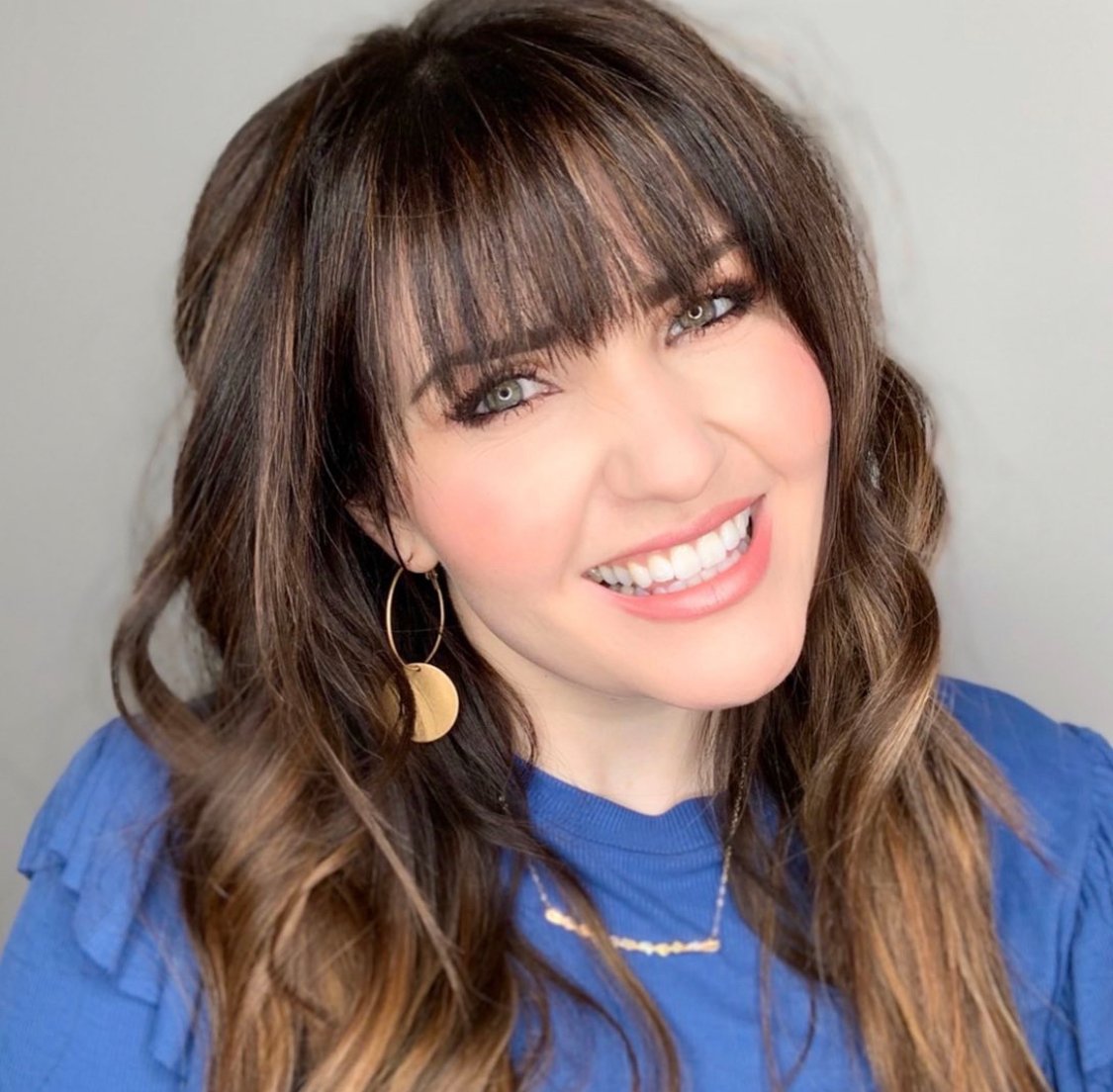Yes, you can get a facial while using tretinoin, but it’s crucial to proceed with caution. Tretinoin, a powerful retinoid, can make your skin more sensitive. Therefore, understanding the potential risks and benefits is vital before scheduling any facial treatment. This article dives into the specifics of facial tretinoin interaction, including tretinoin facial contraindications, how to safely combine tretinoin skincare facial routines, and what you need to know about facial after tretinoin.
Image Source: www.tiktok.com
Tretinoin: A Quick Primer
Tretinoin, often sold under brand names like Retin-A, is a prescription-strength retinoid derived from vitamin A. It works by speeding up skin cell turnover, which helps to:
- Reduce acne breakouts
- Minimize fine lines and wrinkles
- Improve skin texture and tone
- Fade hyperpigmentation (dark spots)
While tretinoin offers numerous benefits, it also comes with potential side effects, mainly during the initial stages of use.
Common Side Effects of Tretinoin
- Dryness
- Peeling
- Redness
- Increased sun sensitivity
- Irritation
- Burning or stinging sensation
These side effects significantly impact the skin’s ability to tolerate facial treatments. Therefore, careful consideration and communication with both your dermatologist and esthetician are paramount.
Fathoming Facial Treatments and Tretinoin
A facial is a multi-step skincare treatment that aims to cleanse, exfoliate, and nourish the skin. Different types of facials exist, each with its own set of procedures and ingredients. It is important to consider combining tretinoin and facial treatments carefully.
Common Facial Procedures
- Cleansing: Removal of makeup, dirt, and oil from the skin’s surface.
- Exfoliation: Removal of dead skin cells through physical (scrubs) or chemical (acids, enzymes) methods.
- Extraction: Removal of blackheads and whiteheads.
- Massage: Stimulation of blood circulation and relaxation of facial muscles.
- Mask: Application of a targeted treatment to address specific skin concerns.
- Moisturization: Hydration and protection of the skin.
Many of these procedures can be too harsh for skin already sensitized by tretinoin, making it crucial to choose the right type of facial and adjust your tretinoin usage accordingly.
Risks of Combining Tretinoin and Facials
The primary risk of getting a facial while using tretinoin is skin irritation. Tretinoin thins the stratum corneum (the outermost layer of skin), making it more vulnerable to damage from exfoliation, strong ingredients, and even simple touch. Here’s a breakdown of potential risks:
- Increased Sensitivity: Skin becomes more reactive to products and procedures.
- Severe Irritation and Redness: Aggravation of existing tretinoin side effects.
- Peeling and Flaking: Exacerbated dryness and shedding of skin.
- Burning Sensation: Discomfort and potential skin damage.
- Hyperpigmentation: Post-inflammatory hyperpigmentation (PIH), especially in darker skin tones.
- Scarring: In rare cases, severe irritation can lead to scarring.
Therefore, being aware of tretinoin facial sensitivity is critical.
Benefits of Combining Tretinoin and Facials (When Done Right)
While the risks are considerable, there are potential benefits to combining tretinoin and facials, if approached cautiously and with the guidance of skincare professionals. The potential upside lies in the ability to:
- Boost Tretinoin Effectiveness: A gentle facial can prepare the skin, potentially allowing tretinoin to penetrate more effectively.
- Address Specific Skin Concerns: Targeted facial treatments can complement tretinoin’s effects, addressing issues like dryness or breakouts more comprehensively.
- Promote Relaxation and Self-Care: Facials can offer a relaxing experience, contributing to overall well-being.
- Improve Product Absorption: Gentle exfoliation may help your other skincare products work better.
However, these benefits are only achievable with careful planning and execution, which should always be informed by expert advice from your dermatologist and esthetician.
Navigating Facials While on Tretinoin: A Step-by-Step Guide
If you’re determined to get a facial while using tretinoin, follow these steps to minimize risks and maximize potential benefits:
- Consultation is Key:
- Schedule consultations with both your dermatologist and a qualified, experienced esthetician.
- Discuss your tretinoin usage (strength, frequency, and duration).
- Be open about your skin’s sensitivity and any past reactions to skincare treatments.
- Get a professional opinion on whether a facial is appropriate for your skin type and condition.
- Choose the Right Facial:
- Opt for gentle, hydrating facials that focus on soothing and nourishing the skin.
- Avoid aggressive exfoliation methods like microdermabrasion, chemical peels (especially those with high concentrations of AHA/BHAs), and harsh scrubs.
- Consider enzyme peels as a gentler alternative.
- Look for facials that incorporate calming ingredients like hyaluronic acid, ceramides, and antioxidants.
- Adjust Your Tretinoin Usage:
- Temporarily discontinue tretinoin use a few days (3-7 days) before your facial, as advised by your dermatologist. This allows the skin to recover and reduces the risk of irritation.
- Resume tretinoin gradually after the facial, starting with a lower frequency (e.g., every other day or every third day) and gradually increasing as tolerated.
- Patch Test New Products:
- Ask your esthetician for a list of products they plan to use during the facial.
- Request a patch test on a small, inconspicuous area of your skin (e.g., behind your ear or on your inner arm) at least 24 hours before the facial to check for any adverse reactions.
- Communicate During the Facial:
- Throughout the facial, communicate openly with your esthetician about how your skin feels.
- If you experience any discomfort, burning, or stinging, immediately inform them so they can adjust the treatment accordingly.
- Post-Facial Care is Crucial:
- Follow your esthetician’s aftercare instructions carefully.
- Use gentle, hydrating skincare products.
- Avoid sun exposure and wear broad-spectrum sunscreen with an SPF of 30 or higher daily.
- Monitor your skin for any signs of irritation and consult your dermatologist if needed.
Types of Facials to Consider (and Avoid) While on Tretinoin
| Facial Type | Recommendation | Rationale |
|---|---|---|
| Hydrating Facial | Recommended | Focuses on replenishing moisture and soothing the skin, minimizing the risk of irritation. |
| Enzyme Facial | Proceed with Caution | Uses enzymes to gently exfoliate the skin, but choose one with a low concentration and avoid if your skin is very sensitive. |
| LED Light Therapy Facial | Recommended | Non-invasive and can help reduce inflammation and promote healing. |
| Microdermabrasion | Avoid | Too abrasive for tretinoin-treated skin and can cause severe irritation, redness, and peeling. |
| Chemical Peel | Avoid | Can cause significant irritation, burning, and potential scarring, especially with medium to deep peels. |
| Extraction Facial | Proceed with Caution | Extractions can be irritating. Ensure they are gentle and limited to essential extractions only. Avoid if your skin is particularly sensitive. |
This table provides a general guideline; individual skin reactions can vary.
Considerations for the Experienced Tretinoin User
If you’ve been using tretinoin for an extended period (6+ months) and your skin has adjusted well, you might be able to tolerate slightly more intensive facials. However, caution is still advised. Continue to prioritize hydration and communicate openly with your esthetician. Don’t assume that just because your skin is tolerating tretinoin well that it can withstand any facial treatment.
The Role of Your Esthetician
Choosing a qualified and experienced esthetician is crucial. Look for someone who:
- Is knowledgeable about tretinoin and esthetician interactions.
- Has experience working with sensitive skin.
- Is willing to customize the facial to your specific needs.
- Prioritizes your skin’s health and safety above all else.
- Doesn’t perform extractions unnecessarily.
- Understands professional facial tretinoin considerations.
Don’t hesitate to ask questions and voice your concerns. A good esthetician will be happy to address them and provide you with a detailed explanation of the treatment plan.
Listening to Your Skin
Ultimately, the most important factor in determining whether you can get a facial while using tretinoin is listening to your skin. Pay attention to how your skin feels and reacts to different products and procedures. If you experience any signs of irritation, stop using the product or discontinue the treatment immediately.
Frequently Asked Questions (FAQ)
- Can I get a facial right after starting tretinoin? No, it’s best to wait until your skin has adjusted to tretinoin before considering a facial. This may take several weeks or even months.
- What is the best time of day to get a facial if I’m using tretinoin? There’s no specific “best time,” but avoid scheduling a facial right before a major event in case your skin reacts.
- Are there any specific ingredients I should avoid in a facial while using tretinoin? Yes, avoid harsh exfoliants (AHAs/BHAs in high concentrations), alcohol-based products, and fragrances.
- Is a “tretinoin facial” a real thing? Not in the sense of a facial containing tretinoin. However, some facials are designed to complement a tretinoin skincare routine by focusing on hydration and soothing.
- Can I use vitamin C serum after a facial if I use tretinoin? Proceed with caution. Vitamin C can be irritating, especially after a facial. Introduce it gradually and monitor your skin for any adverse reactions.
- What should I do if my skin is irritated after a facial? Stop using tretinoin immediately. Use a gentle cleanser, apply a soothing moisturizer, and avoid sun exposure. If the irritation persists, consult your dermatologist.
- Should I tell my esthetician I use tretinoin even if I stopped using it a week before the facial? Yes! Always disclose your tretinoin use, even if you’ve paused it. It helps the esthetician tailor the facial to your skin’s sensitivity.
- Is getting a facial a waste of money if I use tretinoin? Not necessarily. If done correctly and with the right type of facial, it can complement your tretinoin routine and improve your skin.
- Can I use a retinoid serum (over the counter) instead of tretinoin and still get a facial? While retinoid serums are generally less potent than tretinoin, the same principles apply. Exercise caution, choose a gentle facial, and communicate with your esthetician.
- What is the best sunscreen to use after a facial when on tretinoin? Choose a broad-spectrum sunscreen with an SPF of 30 or higher that is specifically formulated for sensitive skin. Mineral sunscreens (zinc oxide and titanium dioxide) are often a good choice.
Final Thoughts
Getting a facial while using tretinoin is possible, but it requires careful planning, open communication, and a focus on gentle, hydrating treatments. By understanding the risks and benefits and following the steps outlined in this guide, you can minimize the potential for irritation and maximize the chances of achieving healthy, glowing skin. Remember, always prioritize your skin’s health and consult with your dermatologist and esthetician before making any decisions.

I’m Carrie Kelly, the creator behind Gotham Beauty Lounge. Beauty is my passion, and I’ve made it my mission to bring you all the latest trends, expert tips, and honest reviews to help you elevate your beauty game. With a love for all things bold, edgy, and elegant, I believe makeup is an art form, and skincare is self-care. On my blog, I share my personal experiences, favorite products, and advice for embracing your unique beauty. Join me on this exciting journey to feel confident, empowered, and, most importantly, to always look and feel your best!

